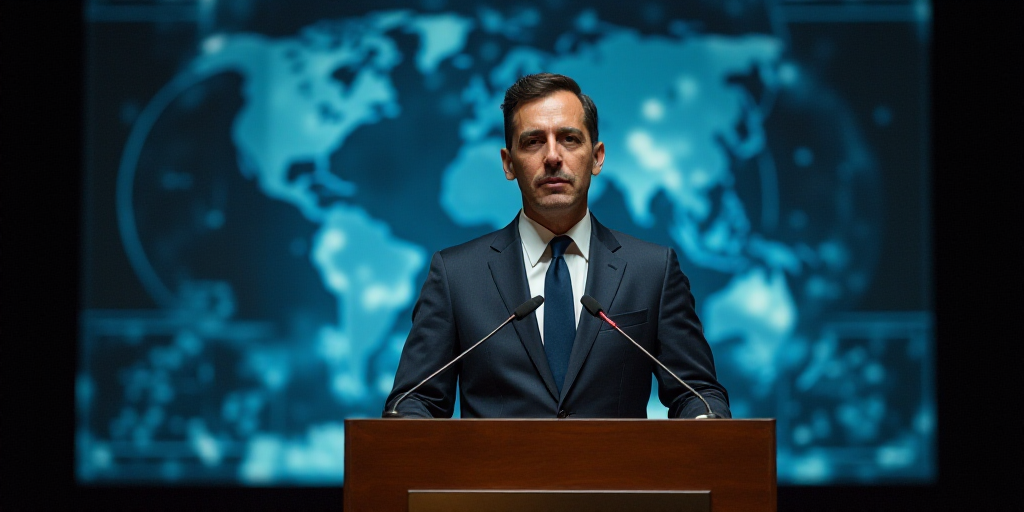Background on the Issue
The soft drink industry is opposing a proposed 87% increase in the special tax on sugary and non-caloric sweetened beverages, as they acknowledge that such measures do indeed reduce consumption, which in turn affects their profits. Eduardo Clark, the subsecretary of Health Sector Integration and Development, explained this stance in a radio interview.
Industry’s Stance and Historical Context
Clark stated that the soft drink companies are upset because they know these measures work and impact their income. He emphasized that if there were no associated reduction in consumption, the companies wouldn’t care about implementing such measures.
Although the proposed tax increase, part of the 2026 Economic Package, still needs approval from Congress, similar measures have shown positive results in various countries. For instance, when Mexico implemented a 1-peso per liter IEPS in 2014, soft drink consumption dropped by 5.5% in the first year and 9.7% in the second.
Clark cited examples from other nations: Sudáfrica saw a 29% decrease in consumption of these beverages after implementing similar measures; Chile experienced an 21% drop, and Berkeley, California witnessed a 52% reduction over three years following tax hikes.
Projected Price Increases
With the proposed tax increase, described by Clark as “relatively small,” a 20-peso can would rise to 20.50 pesos, a 600ml bottle from 25 pesos to 26 pesos, and a 3-liter bottle would go up to around 3 pesos, according to his estimates.
Clark reassured that these increases are not excessive, nor would they lead to doubling the final soft drink price or impoverish consumers. The goal is merely to encourage slightly less consumption.
He highlighted that Mexico’s alarming annual soft drink consumption of nearly 24 billion liters underscores the need for this measure. The tax applies to any sweetened beverage, including zero-calorie and ‘light’ versions, not just sodas.
Government’s Objectives and Revenue Estimation
The federal government aims to raise 41,000 million pesos through this tax hike, intending to allocate the entire amount towards addressing diseases linked to excessive sugary beverage consumption.
These funds would bolster hemodialysis services, increase kidney transplants, and procure innovative obesity treatment medications. To put this into perspective, Clark mentioned that the IMSS-Bienestar, which serves nearly 50 million people, has a budget of over 200,000 million pesos. This tax measure could boost that budget by up to 20%.
Currently, 4 out of 10 IMSS consultations are due to obesity and overweight-related conditions. Over 100,000 people receive dialysis annually, and more than 100,000 deaths are attributed to diabetes each year. One in three heart attack-related deaths is linked to hypertension or diabetes.
Clark stressed that these statistics should alarm anyone, given Mexico’s status as the world’s leading per capita soft drink consumer.
Key Questions and Answers
- What is the proposed tax increase for? The tax on sugary and non-caloric sweetened beverages.
- Why are soft drink companies opposing it? They acknowledge that such measures reduce consumption, which affects their profits.
- How much will prices increase? A 20-peso can would rise to 20.50 pesos, a 600ml bottle from 25 pesos to 26 pesos, and a 3-liter bottle would go up to around 3 pesos.
- What are the government’s objectives? To address diseases related to excessive sugary beverage consumption and improve healthcare services.
- How much revenue is expected from this tax hike? The government estimates raising 41,000 million pesos.






